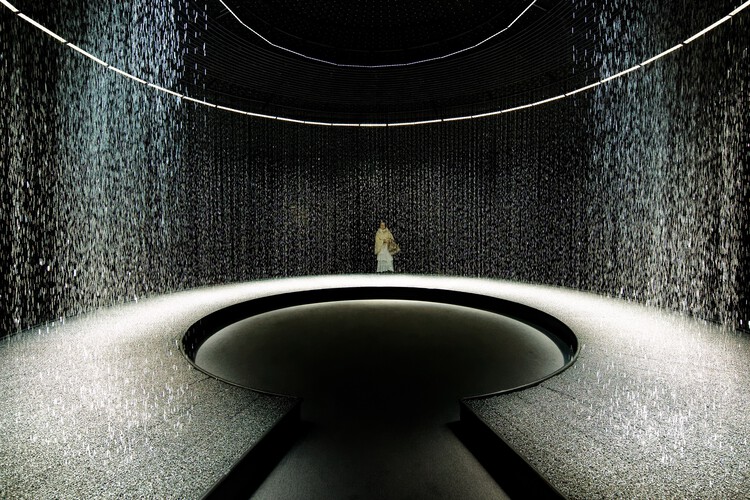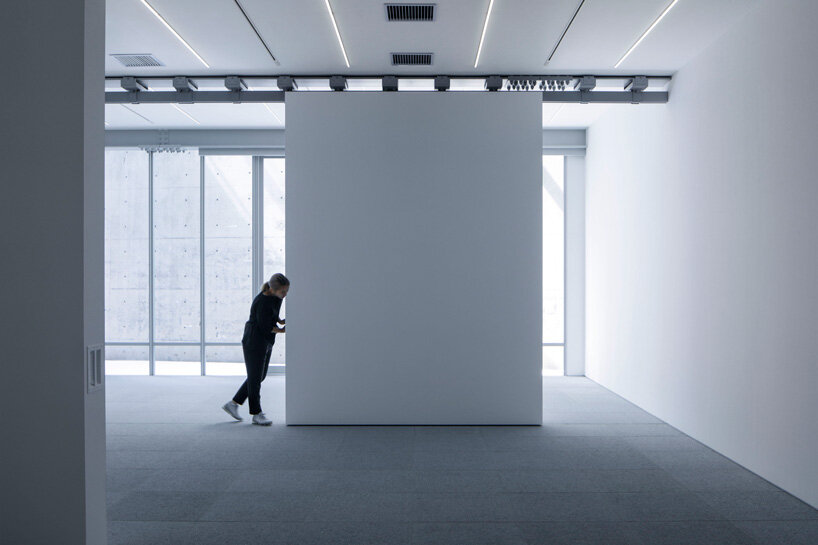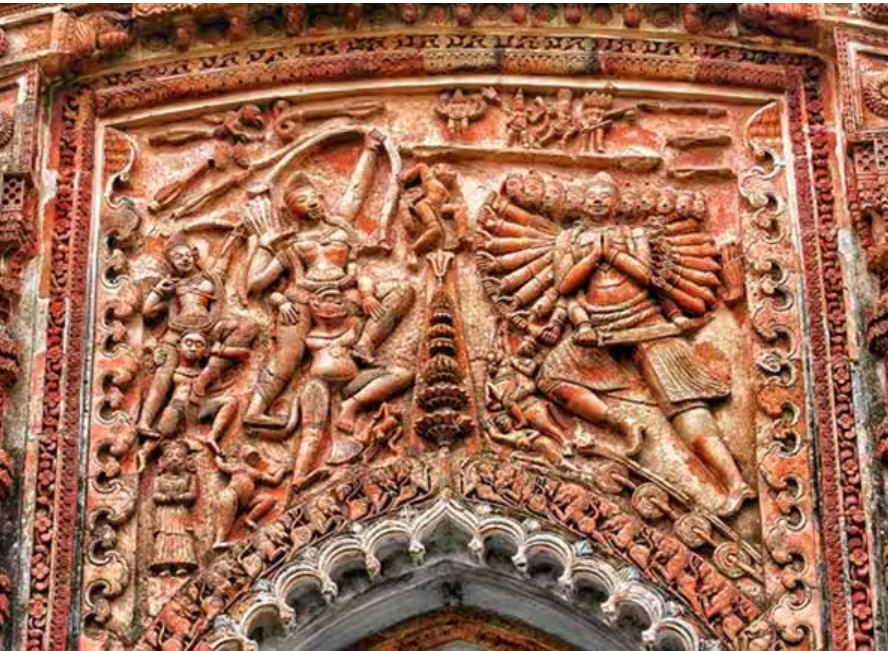A room is not a room without natural light.
A great architectural design isn’t only functional, but also an aesthetic marvel and a testament to longevity. Whether it is an entire city (Lutyens’ Delhi) or simply a building (Raj Rewal’s Hall of Nations), an architect’s prowess is determined by their ability to utilize the elements that are readily available to them and how they use them to create wondrous structures. An architect has a lot of tools at his disposal, yet one which takes the cake is light and shadow architecture.
Light and shadow in architecture play a crucial role in enhancing not just the functionality but also the aesthetic appeal of any structure. Despite being two opposites, an effective balance of light and shadow can instantly enhance any building. Let us take a look at these two elements in isolation.
Light And Architecture
Lighting in architecture informs the mood, ambience, and the visual language of a space. Light architecture incorporates not only artificial light sources but also natural light. The magnitude, direction, and colour of light are paramount in altering the perception of the building and govern how an individual interacts with the structure. There are numerous strategies an architect may employ to increase light in a space. Building orientation, the position of lightwells & windows, and the use of reflective surfaces are among a few ways that may expand and optimize natural light.
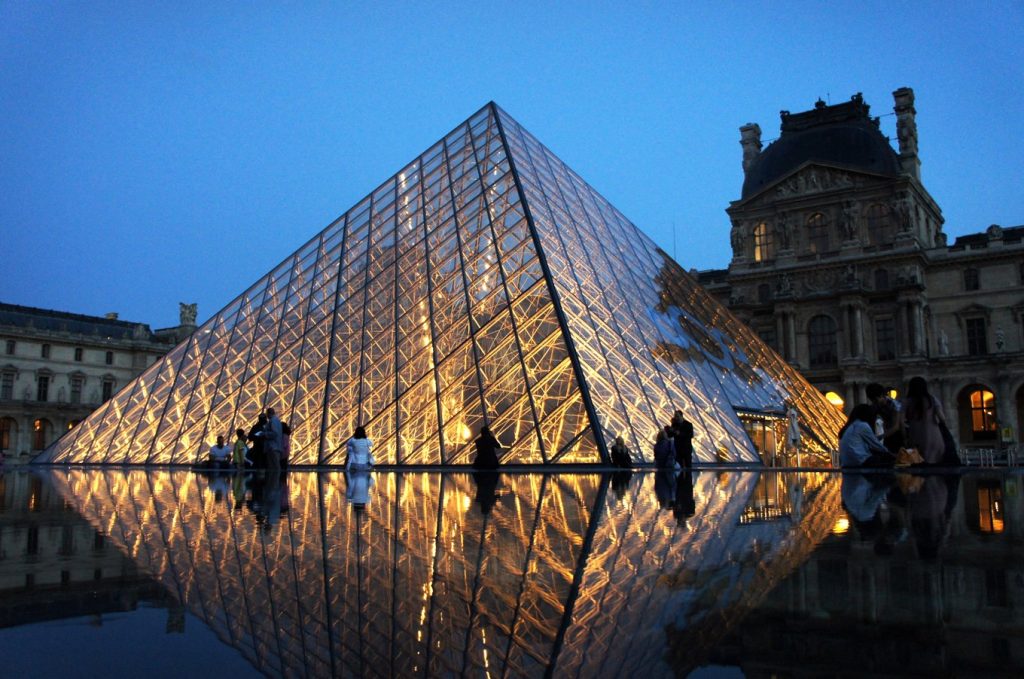
Light in architecture highlights the colour, texture, and recurring patterns, which ultimately impart beauty and depth to the building. With light, an architect may manoeuvre the attention of the viewer or occupant to a focal point.
Shadow Architecture
Light always creates shadows. Hence, shadows, too, become an important aspect of architecture. While lights illuminate, shadows define. Architectural shadows may connote a feeling of eeriness and make the viewer uneasy. Shadows can alter the viewer’s perception of the depth and dimension of a space. In primitive times, the interplay of light and shadow was often employed in sundials to measure time. While the light was important to cast the shadow. It was the shadow which pointed towards the actual time. Shadow of buildings breaks down the vast space and imparts a three-dimensional feeling to any structure.
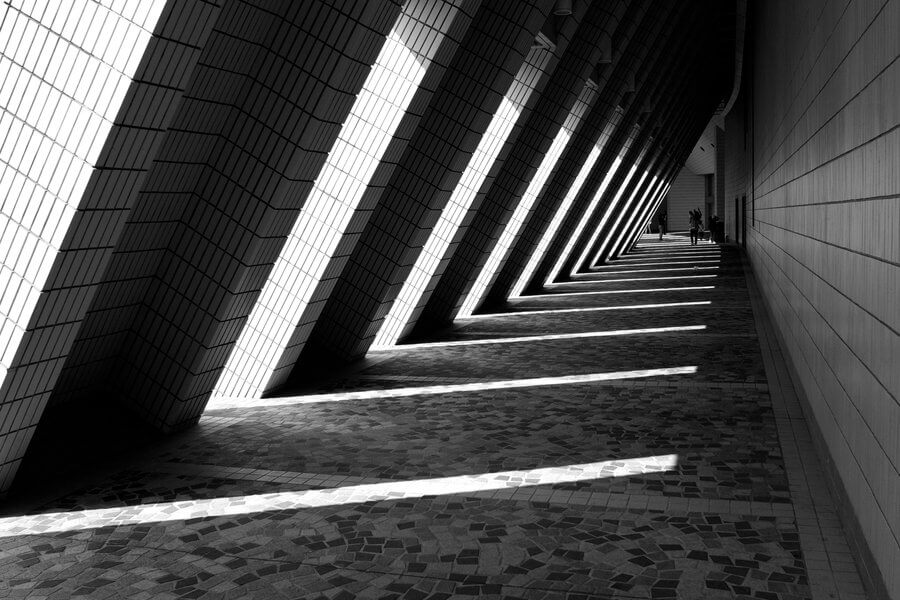
Architecture Light And Shadow
Geometry when coupled with light and shadow can have a drastic effect on the visual appeal of the building. One of the best uses of light and shadow is through the use of pergolas, ‘jaalis’, awnings, and cobogós. Not only do they ensure privacy, but they are excellent structures to let in light and aid ventilation. In addition, they help in building shadows. With the sun’s movement, the shadows move too. The shadows of buildings impart a sense of fluidity and movement to these buildings.
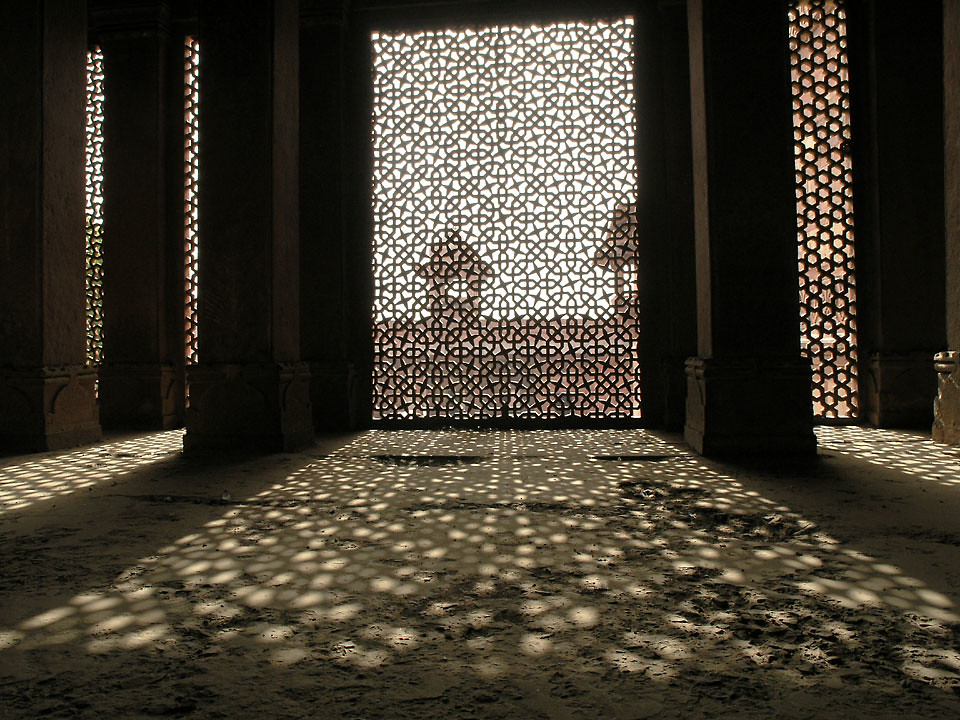
A delectable play of natural light and architecture is seen in Tadao Ando’s Church of Light. The entire building comprises a 15-inch thick soundproof wall, save for the crosscut. Amidst the dark room, the light emerges from the crosscut in the form of a cross. The relationship of the solid with the light imparts a spirituality which redefines the experience of being in a Church.
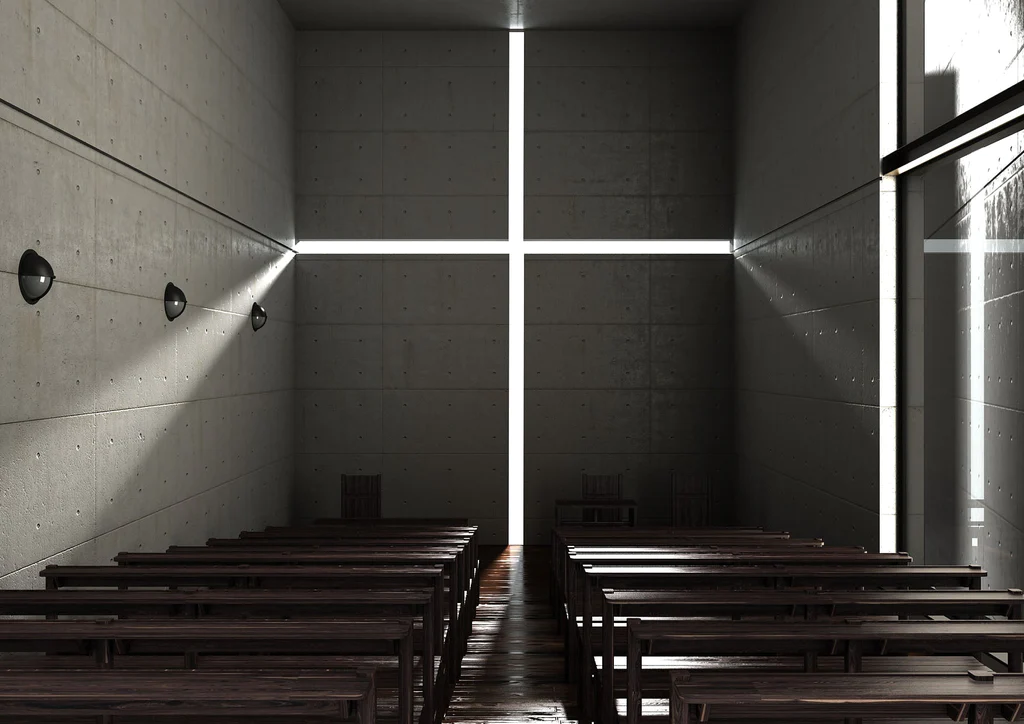
While a lot may think of the horror genre when thinking of Gothic architecture, a main characteristic of this style is the presence of several windows and traceries to let the light in. Several churches built in this style, including the famous Notre Dame feature colorful stained glass windows depicting biblical scenes. These not only embellish these grand buildings, but they also colour the light seeping inside the space, connoting spirituality and optimism.
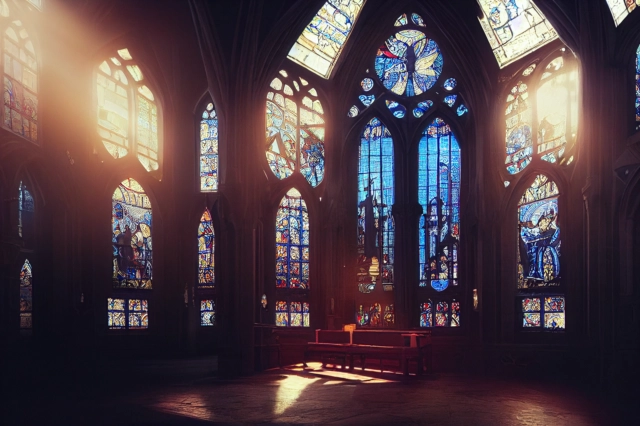
The harmony between light and shadow is also rampant in Le Corbusier’s works. The Swiss-French architect used crisp lines and curved angles to ensure that the contrast of light and darkness focuses on the previously ignored spaces. The extensive use of multi-angled windows helped natural light enter the spaces for a longer duration. Corbusier’s holy trinity — pilgrimage chapel at Roncahmp, the monastery of Sainte Marie de La Tourette and the parish chur of Saint-Pierre in Friminy, despite being extremely different from each other serves as a masterclass in light shadow architecture.
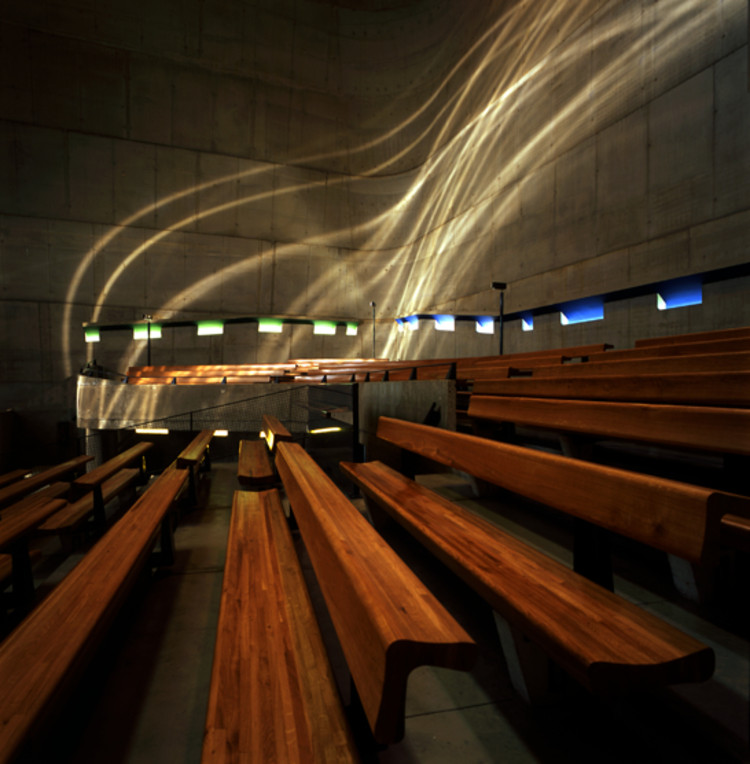
Light wells in architecture are not a new concept and have existed for a long time. Light wells or skylights brighten up and ventilate interior spaces, which would otherwise be in the dark. If one were to notice the lightwell in the Pantheon, Rome, one would see how the notches embedded at the roof and the curved central opening illuminate and produce delightful shadows. With the intensity and colour of natural daylight waning as the night emerges close, the light and shadows inside the dome change as well.
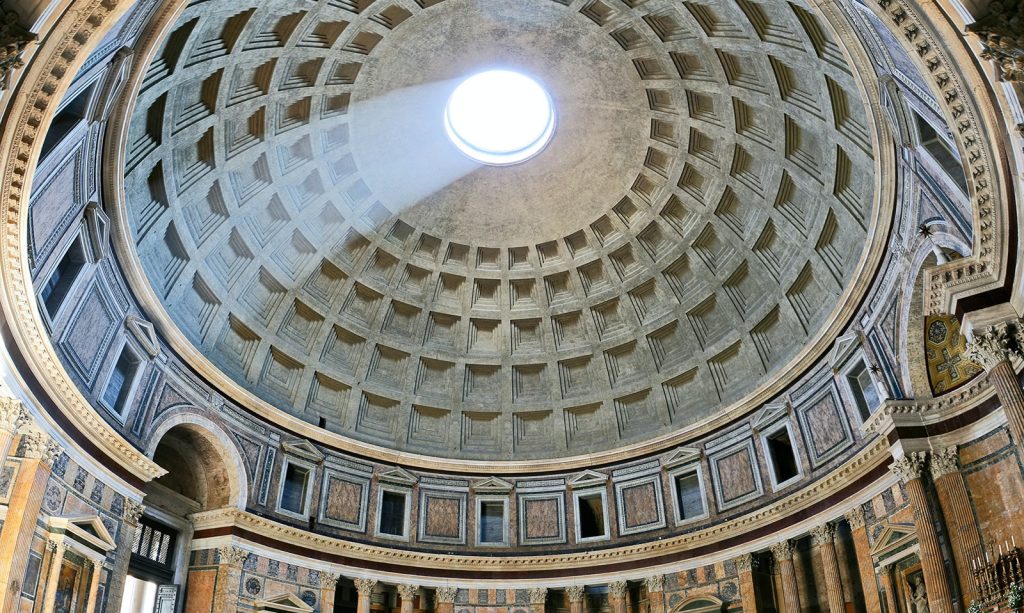
Image Courtesy – ArchDaily
Evolution in Chinese Architectural History in Last Eight Decades

